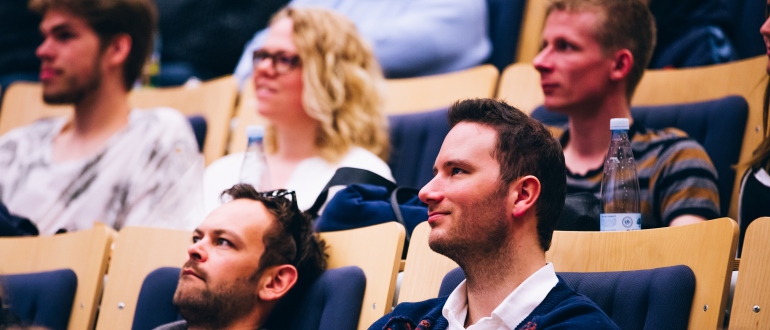The purpose of this report is to discuss the status and prospects of advanced technology in outdoor recreation. Smartphones, tablets, applications (apps) and other ICT tools are important and ubiquitous technological innovations, and smartphones have become a most faithful companion, also during outdoor leisure activities. Basically, technology is already affecting experiences in the outdoor recreation, and technology may also be a modifier for the way that these activities are organized.
In Danmark and other countries there is only limited systematic research in issues related to technology and outdoor recreation. The methodology of the study is therefore exploratory. It consists of literature reviews in the international research and trade literature. Furthermore, we examined the specific Danish technology initiatives through desk research and during interviews with actors from outdoor organizations and from companies responsible for the production of apps and websites. Finally, the study includes interviews with a range of outdoor recreationists in a nature park.
The report consists of 8 sections, which may be read separately.
The introductory section launches models of how technology influences outdoor recreation experiences and activities. ‘Substitution’ implies that technology simply replaces another tools without substantial change of the content, for example, a printed folder is transferred into a digital version. ‘Improvement’ is a next step in a transformation and includes, for example, maps with zoom and GPS functions. ‘Modification’ entails redesign of the outdoor experience, for example by adding games at specific locations. Finally, technology can stimulate entirely ‘new experiences and activities’, and possibly, attract new users into outdoor recreation. Technology in outdoor recreation is aligned with many political agendas, for example the learning agenda, the social agenda, the health agenda, the environmental agenda, the business agenda and the knowledge agenda.
A number and variety of Danish apps have been identified and categorized according to the spatial identity, the provider and the user. Some apps are electronic versions of a classic interpretation of nature and cultural phenomena. Other apps invite users to interact and share information with either the providers or with other users. There are apps which support outdoor sports competition and gaming and apps with learning purposes.
Can technology help to nudge people towards a more active outdoor life for the benefit of their own health and welfare and to alleviate public spending? The report provides examples of behaviour modification through ‘nudging’. Game development for outdoor recreation may have potentials especially to activate children and young people, and gamification is already used extensively, for example in geocaching.
We can observe a very rapid dissemination of mobile digital solutions and apps that can be used for outdoor recreation. However, there are diverging opinions and values, and some people prefer nature undisturbed by technological devices. A further development will depend on both the specific needs and broader sets of values. In terms of future developments the report identifies potential user groups: the new generation, the advanced sports enthusiasts, the information seekers, the wilderness adventurers, the team builders, the rehabilitators, and the crowdsourcers.
How can outdoor recreation organizations and associations produce apps? It appears that there are many technical issues to consider. It may be costly to produce an app, but there is also a need to allocate resources for promotion and maintenance. To gain access to funding and economies of scale, apps are sometimes produced and launched in strategic partnerships, in some cases also with public and commercial actors involved.
Outdoor recreation organizations and volunteer associations are important for outdoor practice, and therefore potentially also for the development of mobile digital solutions. Interviews with key organizations show a strong interest in the field, and the respondents have many ideas for future solutions. Presently, however, due to funding and manpower constraints, mainly the largest organizations are actively involved in the digital development.
Is it possible to develop apps that support nature conservation and at the same time facilitate an active use of nature for outdoor recreation? The report reviews a number of examples of how technology can appeal, motivate and inform about environmental issues, but also impede access in areas with special protection needs.
It is widely recognized that outdoor recreation offers a wide range of welfare benefits. But potentially, outdoor recreation also can develop into platform for a constructive and creative digital content production. From this perspective, outdoor recreation may contribute to a wider technological and economic development. Based on the ideas of innovation platforms, this section provides a range of policy suggestions.
This report is the result of collaboration between the Danish Centre for Rural Research at the University of Southern Denmark and Department of Environmental, Social and Spatial Change at Roskilde University, and the work is supported by lottery funds from the Danish Outdoor Council.
